How and When to Water the Lawn in Summer

Water is vital to people as well as plants. Water is what allows vegetation to absorb nutrients and perform the essential process of photosynthesis using chlorophyll. Water is what gives texture and strength to plant tissues and, by transpiring, leaves can regulate their temperature during excessively hot periods, through a mechanism similar to the way we sweat. This also applies to lawns, which can be susceptible to drought stress during summertime. Water is therefore a precious resource for your garden—especially when rain is scarce—so it should be used sensibly, without wasting even a single drop. Hence it's important to know when, how much and how best to water the lawn in summer: let's find out.
When to water the lawn in summer (and when not to)
What is the best time of day to water your lawn? Don’t irrigate during the hottest hours or in the evening. The ideal time is early in the morning. If you wet the lawn during the day, the water evaporates within a short time, so even if you think the grass has been sufficiently soaked, it doesn't actually benefit all that much. In practice, watering the grass during the day is tantamount to wasting water.
We don’t recommend watering your lawn in the evening or at night either, because it means leaving the grass wet for hours and thereby exposing it to infection by fungi such as Rhizoctonia solani, which manifests as circular patches of dry grass.
Whereas, if you water your lawn early in the morning, there is plenty of time for the soil to absorb water and for the grass to dry out.
How often should you water the lawn? We will touch on this later in the article, but first let’s talk about the optimal quantity of water that a lawn needs.
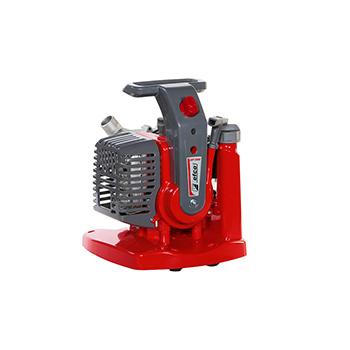
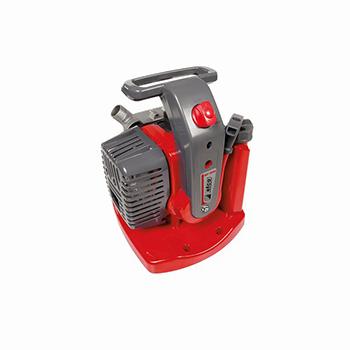
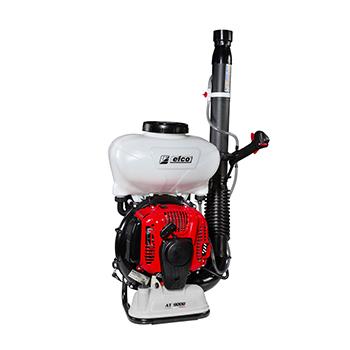
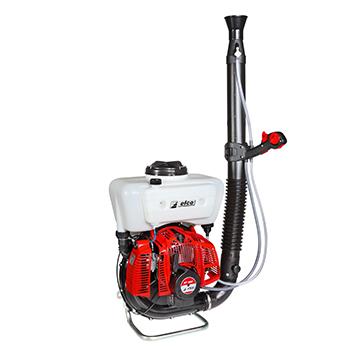
How much water a lawn needs in summer
How much water does the grass on your lawn need? That depends on several factors, including:
-
Type of grass: microtherms such as Agrostis, Festuca, Lolium and Poa are less resistant to drought and summer heat than macrotherms like Cynodon dactylon, Stenotaphrum secundatum and Zoysia japonica.
-
Grass cutting height: in summer we recommend that you leave the grass around 20-30% taller than its normal height. A longer lawn tolerates drought and heat better and is more resistant to disease and weeds.
-
Season: as you would expect, a lawn’s daily water requirement greatly increases in the warmer months, especially during July and August.
-
Local climate: for example, you need to take into account rainfall (a summer storm can dump many litres of water onto a garden within a short time) and windiness (if your lawn is exposed to wind, its daily water requirement will be 20% higher).
-
Type of garden soil: sandy soils dry out within a short time because water infiltrates more rapidly, whereas clay soils tend to retain it and therefore dry slowly.
So how much should you use to water the lawn in summer? Here in Italy, the average daily water requirement of a lawn in summer ranges from 5 to 7 l/m2, with the number increasing as you travel from north to south.
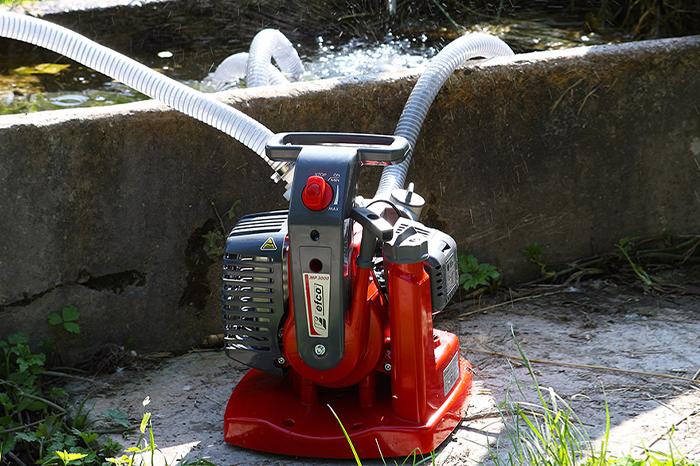
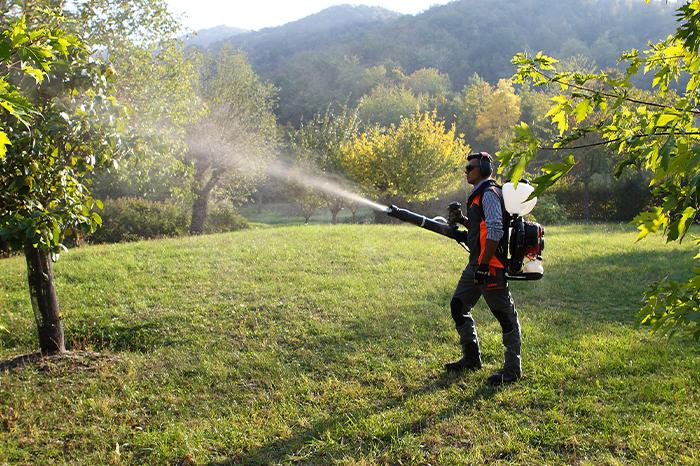
How should you water your lawn in summer?
How often should grass be irrigated? Copious watering at 2-5 day intervals is better than watering less but more frequently. Let's take an example: if the daily water requirement of your lawn is 5 l/m2 and you water it every 3 or 4 days, each time you should supply it with 15 or 20 l respectively. The sandier the soil (i.e. the more permeable it is), the shorter the watering interval.
Spacing out irrigations is beneficial for the health of your lawn:
-
That way, the grass will dry out without remaining moist for too long and thereby creating an environment conducive to disease development.
-
It stimulates the individual grass seedlings to grow roots deeper into the soil in search of moisture, thereby increasing their water "autonomy".
You can use several systems to irrigate the garden in summer and other seasons: from a simple hosepipe to a sprinkler irrigation system for the lawn; whereas for your vegetable patch, trees, hedges and flower beds you can also opt for a drip irrigation system.
To supply your hosepipe or irrigation system from a ditch or rainwater butt, you can use a petrol-powered self-priming water pump like the Efco MP 3000: compact and lightweight, it has a low-consumption 1 kW 2-stroke engine (the 0.83 l tank gives you a running time of one hour) and a maximum flow rate of 150 l/min.
You can integrate the interval-watering method described above with a technique specifically suited to the summer: syringing. It is not so much a system for watering as a way of cooling the lawn, by helping it to withstand heat stress better. How does it work? Water the lawn a couple of times during the hottest hours of the day, only for a few minutes and sparingly: the water will evaporate quickly, lowering the turfgrass canopy temperature.
Are you worried that watering grass in direct sunlight will create a lens effect? It is widely believed that water droplets magnify the sun's rays enough to burn grass and leaves. Scientific research has shown that this belief is unfounded. While it is true that leaves covered with furry hairs can suffer some damage, this is not the case with grass stems.
You can achieve an effect similar to lawn syringing by spraying water on garden vegetation—such as potted plants, bushes and hedges—using a backpack mistblower.
Efco supplies two petrol-powered professional backpack mistblower models with petrol engine: the AT 8000 and the new AT 9000, which respectively dispense 0.5–3.0 and 0.1–3.5 l/min of water at various horizontal and vertical spraying distances. You can find Efco backpack mistblowers from your trusted dealer: find the nearest stockist.



